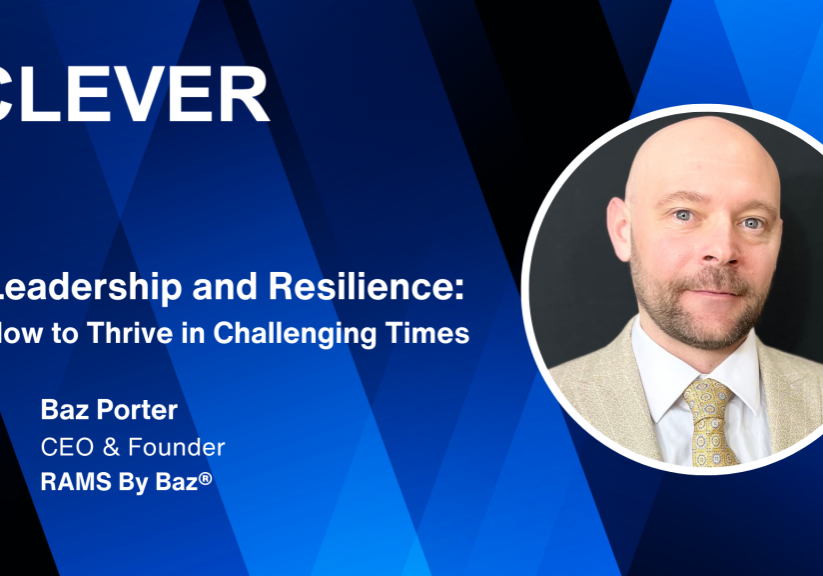
Alex Circei
Contributor
Alex Circei is the CEO and co-founder of Waydev, a development analytics tool that measures engineering teams’ performance.
More posts by this contributor
Insider hacks to streamline your SOC 3 certification application
4 lessons I learned about getting into Y Combinator (after 13 applications)
The move to remote working is creating tensions between CEOs and CHROs that could culminate in decisions that are not always in the best interest of the business. For tech teams, that disconnect could lead to making quick fixes that ultimately cost the organization more money and individuals more time and stress.
The remote revolution is here to stay. More than three-quarters of engineers want the option to work from home, and some countries are considering introducing remote work into law. Before that happens, CEOs and CHROs need to get back on the same page to support their tech teams and business outcomes.
Start with DORA metrics
DORA metrics measure software delivery velocity and throughput by plugging into Git (commits and pull requests) and deployment data.
By looking at a combination of DORA metrics, teams can avoid making quick fixes that aggravate issues down the line.
The metrics consist of deployment frequency, lead time for changes, mean time to recovery and change failure rate. This information can also flag if engineers are losing engagement, highlight high and low performers and help companies avoid resorting to quick fixes that aren’t sustainable for remote-work models.
Whether you’re ready to move past the hybrid midpoint or are taking the direct leap to remote, here’s why you …












